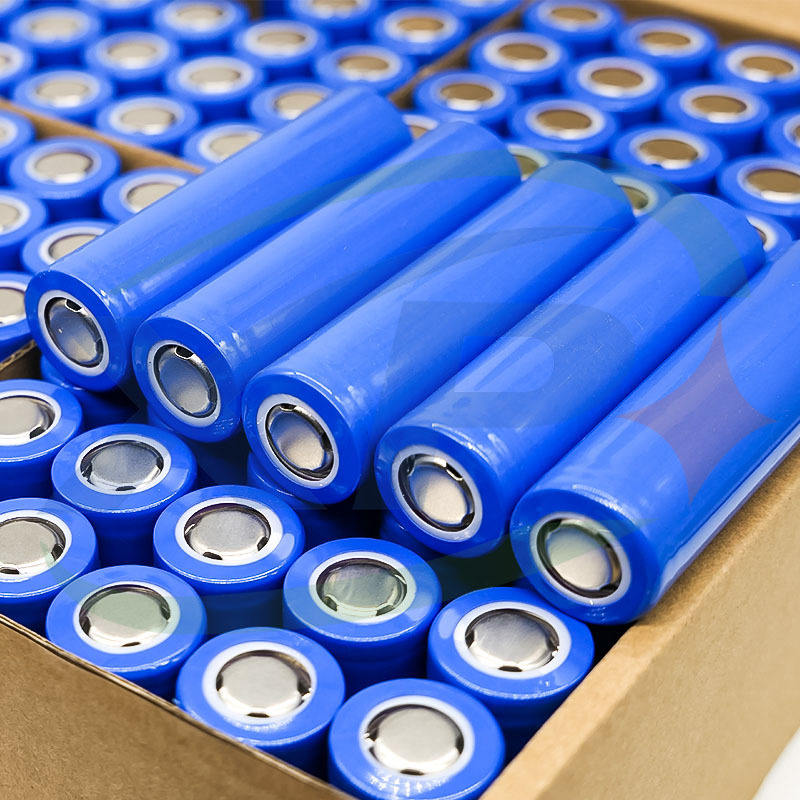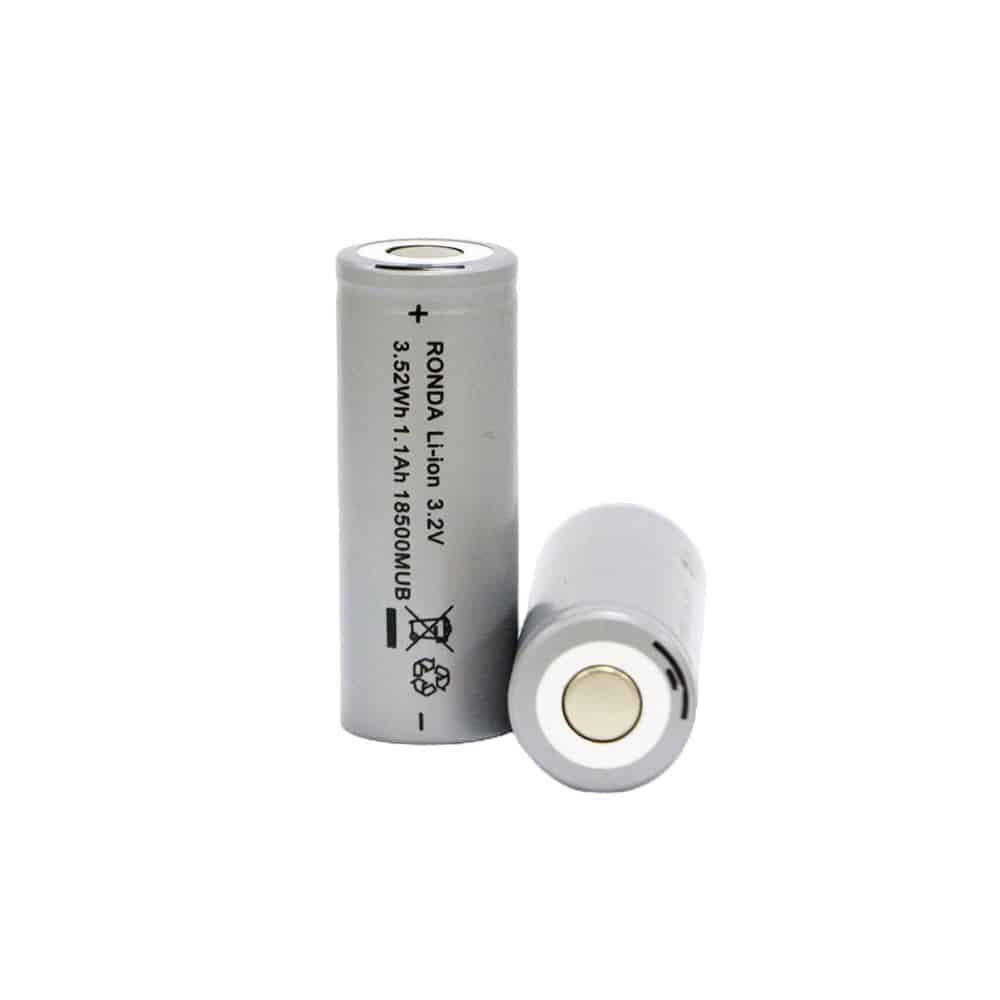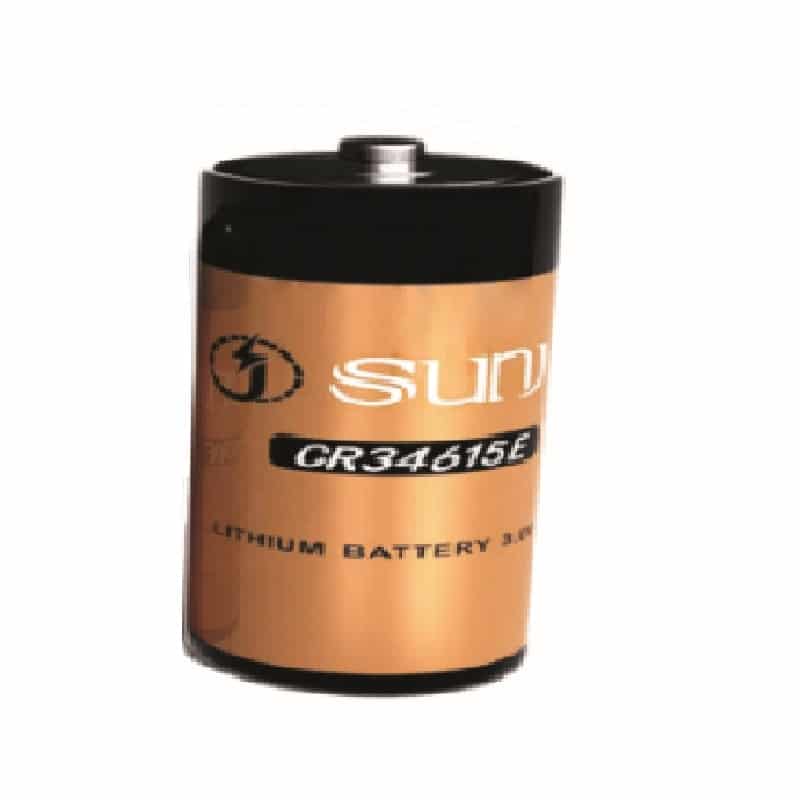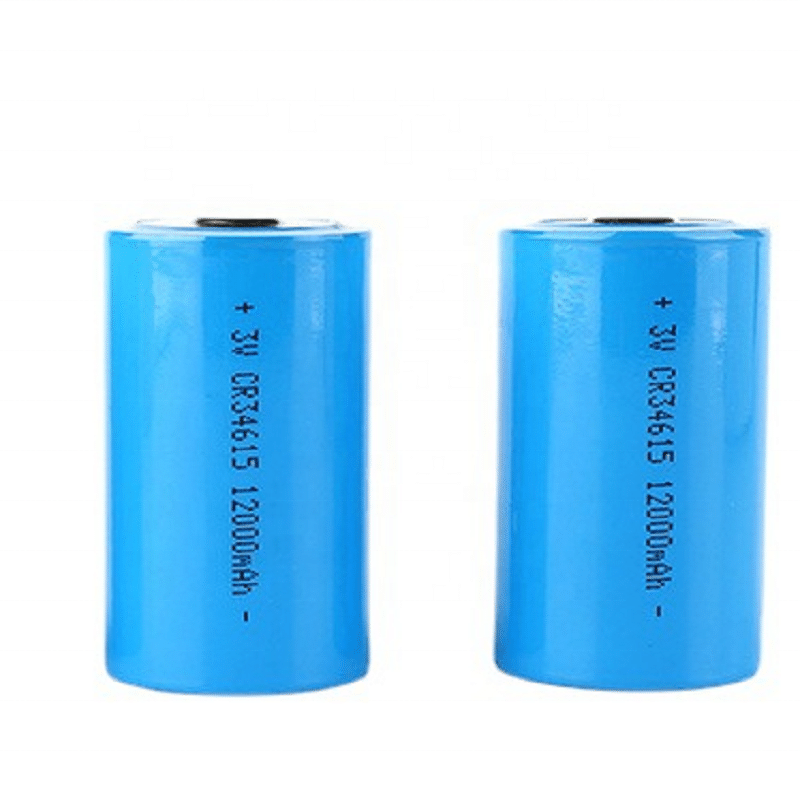Requirements for various components of lithium batteries:
1. Positive and negative electrode material requirements:
Positive electrode potential exceeds positive, negative electrode potential becomes more negative
– High activity (fast reaction)
Active materials should be stable in the electrolyte and have a low self-dissolution rate.
Active materials should have good conductivity and low resistance
Easy to produce and rich in resources
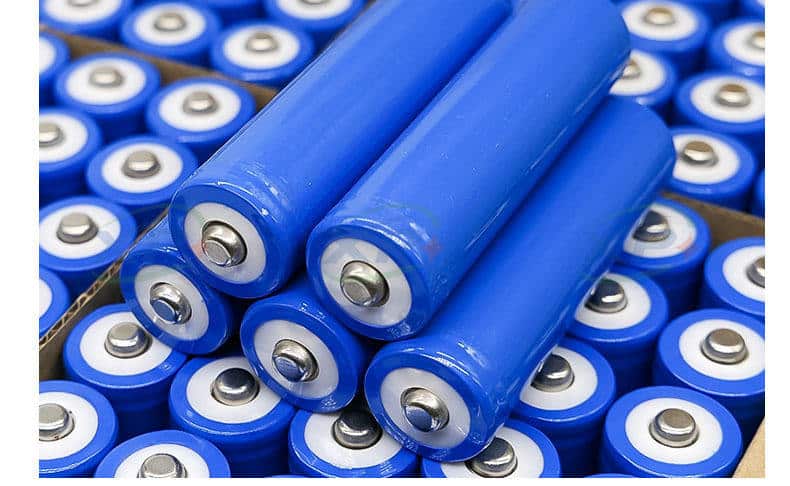
2. Selection of Conductive Agents
Excellent conductivity
Stable chemical composition, low water absorption and easy storage
Easy to use
At present, the best conductive agent in the market is Japan’s Ketjenblack series of super conductive agents, such as
Ketjenbrick ECP and Ketjenbrick ECP600JD. Most Japanese manufacturers use this type of conductive agent.
Keqin Superconducting Carbon Black is mainly supplied by Shanghai Cuike Chemical Technology Co., Ltd.
3. Electrolyte requirements
High conductivity, good diffusion efficiency and low viscosity
Stable chemical composition, low volatility and easy storage
Positive and negative active substances can maintain long-term stability in the electrolyte
Easy to use
The major problems that currently exist in electrolytes
Compatibility with anode and cathode.
As the voltage increases, the electrolyte solution decomposes and produces gas, which causes the internal pressure to increase and damages the air safety of the battery.
As the operating temperature of the battery is increased, the antioxidant capacity of the solvent is reduced.
4. Diaphragm requirements
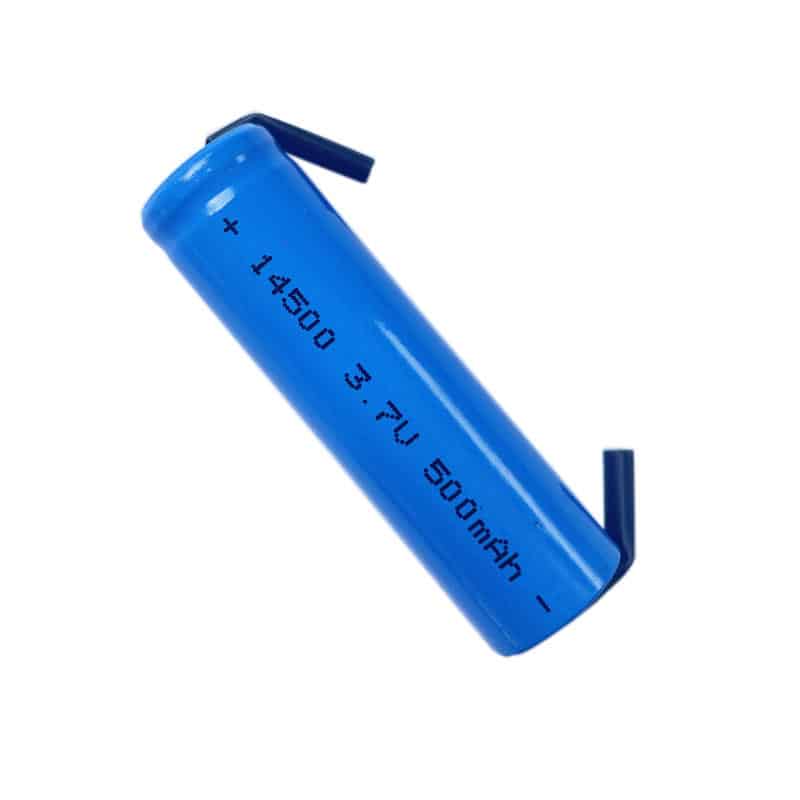
– Has good stability
Has certain mechanical strength and bending resistance, and has the ability to resist dendrite penetration.
Good water absorption, pore size and porosity meet the requirements
Easy to use
5. Housing requirements
Has high mechanical strength and can withstand general impact
Has the ability to resist process corrosion

